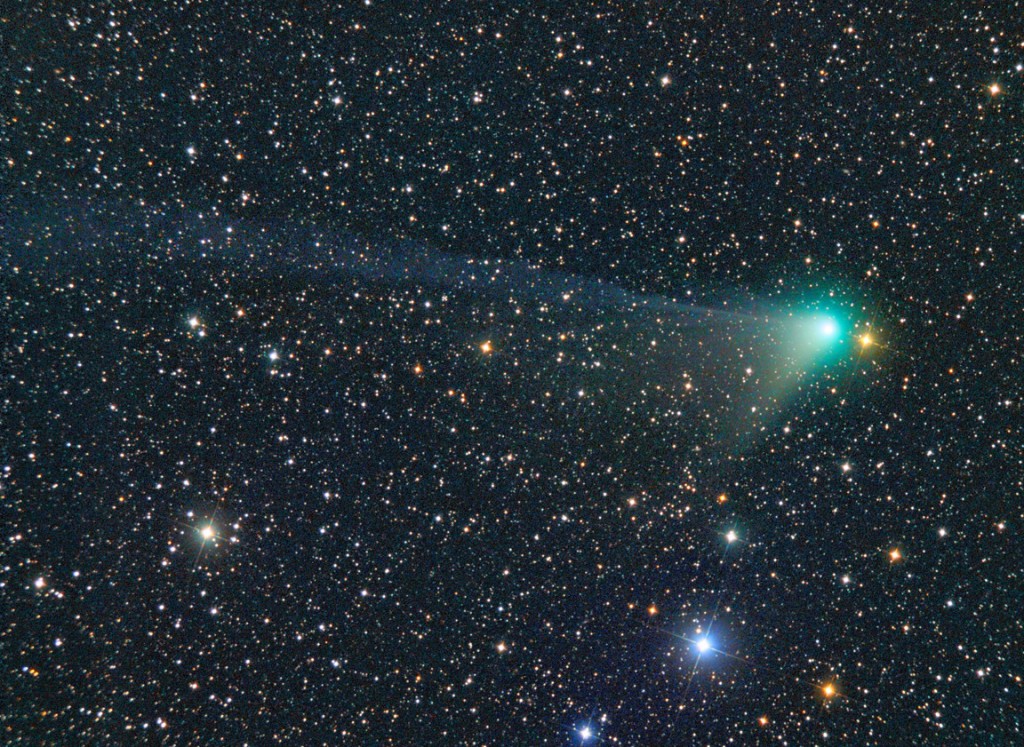
The brightest comet of the year never received the dire publicity that stuck with Elenin to the end. Comet Garradd was well-placed and easily visible in binoculars this summer as it crossed the Milky Way en route to its current residence in the sprawling constellation Hercules. Underdog Garradd remains a 7th magnitude fuzzball in binoculars this month. I looked it up recently on one of the few clear nights we've had in November and was thrilled to see two tails sticking out of the comet's bright, fuzzy head or coma. Both show wonderfully in Michael Jaeger's photo and were just as pretty in my 15-inch scope though much more subtle.

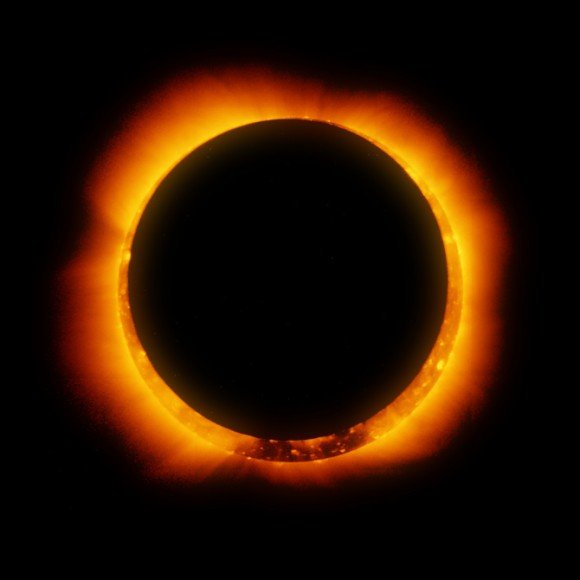
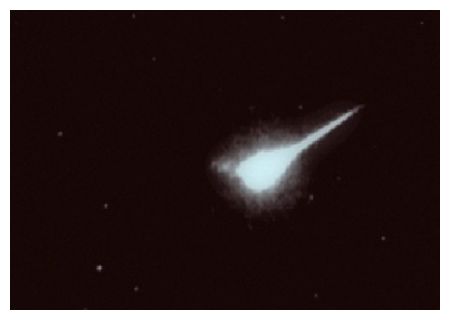
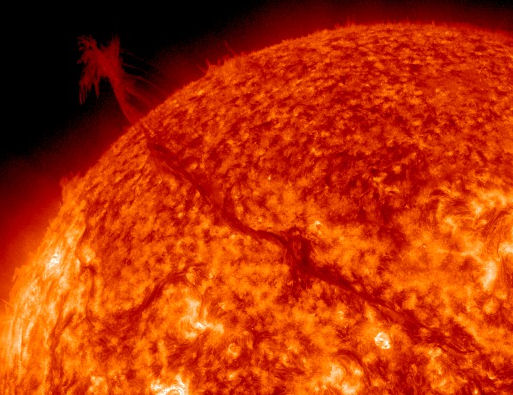
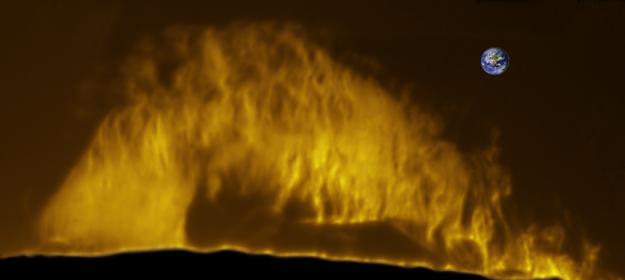
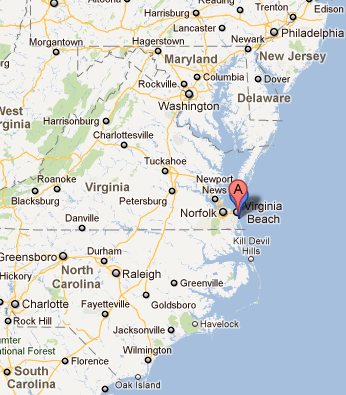




Comment: The above video is not the BBC's of course, it's taken from this YouTube channel.
We think that image is far too grainy to tell if we're looking at 'a structure' (in the sense that it's 'unnatural').
The narrator does make a good point however about the poor quality images they made available to the public. They can take fabulous photographs of other galaxies, but can't do better than this for "the closest asteroid fly-by in 200 years"?
It could be that by "strange structures", they meant naturally occurring structures they weren't expecting to see, such as the clear signs of electrical arc discharges on comets Wild 2 and Tempel 1 (which completely discounted the 'dirty snowball' theory of comets, by the way).
Then there's this:
Asteroid Vesta Has Mountain Three Times as Tall as Everest
And then, if we put our conspiracy-minded hats on for a minute, it could be that they're deliberately feeding the 'comets and space rocks as UFOs and motherships' disinformation.